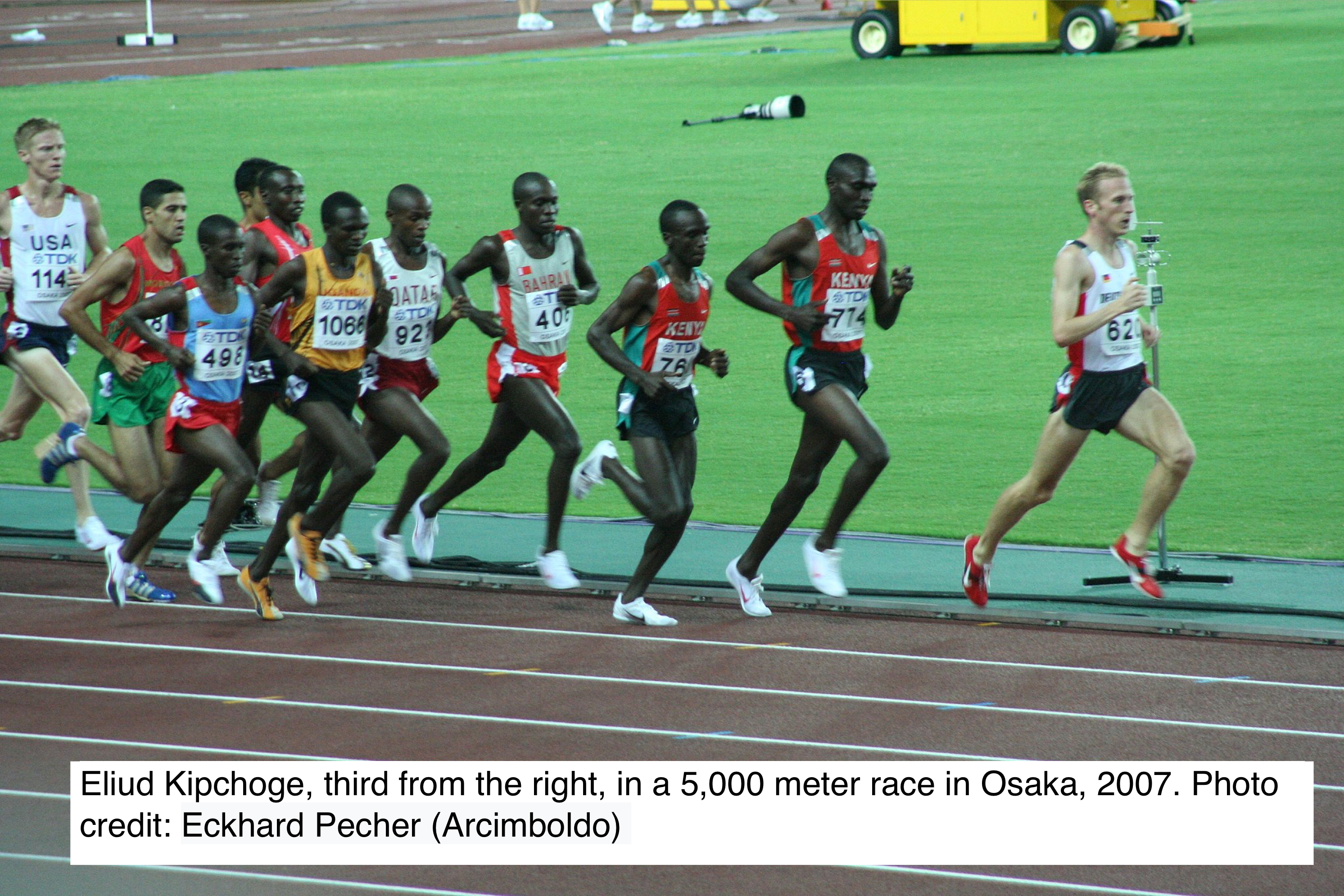Sometimes I run into new information about a story I’ve previously posted that has changed my mind. This post is an example. I previously wrote about three cancer myths that I concluded were wrong, including that vitamin C is a potentially useful anti-cancer agent. I’ve now read some work that has changed my mind: I think that vitamin C may have anti-cancer activity, and certainly that it should be investigated further. So this post is a changed version of the earlier one, which appeared in June, 2019.… Read the rest “Three cancer myths revisited”
A BRIEF HISTORY OF MESSENGER RNA
(Vials of SARS-CoV-2 vaccine).
The coronavirus SARS-CoV-2, the cause of COVID-19, has quickly spread and caused devastation throughout the world. The medical science community has responded vigorously, with better treatments, recommended changes in social behavior, and, of particular importance, effective vaccination programs. Of the immunization protocols that have been developed, the novel mRNA-based vaccines have captured the scientific spotlight; they are the first mRNA vaccines to be licensed for human use.
A new way to immunize
In principle, the mechanism by which mRNA vaccines create immunity to SARS-CoV-2 is straightforward.… Read the rest “A BRIEF HISTORY OF MESSENGER RNA”
Geothermal, a continuous, infinite, energy source without greenhouse gases or radioactive waste
UPDATED
How can we produce enough energy to live well without creating a level of greenhouse gases that generates an increasingly hostile climate? Alternative energy sources like wind and solar are part of the answer, but it isn’t going to be easy to replace the massive quantities of energy currently derived from non-renewable sources such as coal, natural gas, and oil. A useful hub for information on ‘green energy’ sources, defined as those that do not increase the world’s output of carbon to the atmosphere, can be found here.… Read the rest “Geothermal, a continuous, infinite, energy source without greenhouse gases or radioactive waste”
Running out of sugar and hitting the wall
On October 11, 2019, the Kenyan Eliud Kipchoge ran the first sub-two hour marathon. The marathon requires long-term, extreme, energy expenditure. To meet that demand, Kipchoge had some unusual help: precisely calibrated support by a crew of pacers, a bicycle team supplying water and nutrition, and a pair of controversial running shoes that are said to shave a minute off the marathon time. Still, his outstanding run ranks with Usain Bolt’s record 9.58 second 100-meter race, still unbettered after 12 years, and the first 4-minute mile by Roger Bannister in 1954.… Read the rest “Running out of sugar and hitting the wall”
can bacteria save us from plastic armageddon?
UPDATED (Twice)
In the iconic 1967 movie “The Graduate”, an avuncular businessman takes aside 21-year old college graduate Benjamin Braddock, played by Dustin Hoffman. He wants to give Ben some advice on where to aim his future. With his right arm draped over his shoulder, Mr. McGuire intones, “I just wanna say one word to you.” And then, “Just one word. Plastics”. “There’s a great future in plastics.”
For all his plasticness, Mr McGuire was right.… Read the rest “can bacteria save us from plastic armageddon?”
Medical scientists should not self medicate; except when they should
How are medical discoveries made? In a previous post (“The Art of Scientific Discovery”), I looked at several models by which science has progressed A sharply focused, systematic pursuit led to the discovery of insulin. An accidental observation produced a drug to treat erectile disfunction. Those, and the other examples of medical advances described there involved more-or-less conventional approaches. But there’s an unconventional approach that appeals to people confronting difficult medical issues.… Read the rest “Medical scientists should not self medicate; except when they should”
Human Energy: The Body at Rest
Three years ago I posted an article called “The Efficiency of the Human Body”, and it has proven to be popular. Then I posted an update last November. I’ve now learned more about the subject, and thought about it, and it’s time for another upgrade. Naturally, upgrades almost always involve an expansion, so there are two pieces now: This one, which explores the distribution of energy use in the resting body (our resting metabolic rate) and the next, which includes the material in the original post by describing energy distribution in the body in motion.… Read the rest “Human Energy: The Body at Rest”
Human Energy: The Body in motion
Nutritional scientists break down energy consumption into three components. The largest is Resting Energy Expenditure (REE), which I’ve examined in detail in the previous post. It accounts for 60-80% of our daily energy consumption. REE is the energy consumed at rest, when there’s no physical activity going on. Another 5-10% is used for digestion. The rest of our energy consumption is due to physical activity. These proportions can vary: if you’re a rider in the Tour de France, your daily physical activity will probably exceed your REE several times over.… Read the rest “Human Energy: The Body in motion”
The future of coronavirus – updated
(Electron micrograph of SARS-CoV-2 from NIAID-RML)
It’s difficult to make predictions, especially about the future. That aphorism has been attributed to a long list of prognosticators, including the legendary wordsmith and NY Yankees catcher, Yogi Berra. Yogi was eminently quotable, including such gems as, “When you come to a fork in the road, take it.” But he wasn’t the first people’s scholar to have that insight into the difficulty of making predictions. It was apparently spoken in the Danish parliament, in 1937 or 1938, in Danish.… Read the rest “The future of coronavirus – updated”
The Drift of Coronavirus
As of March 4, 2020 the novel coronavirus SARS-CoV-2, which causes COVID-19, has spread to more than 77 countries. More than 93,000 cases have been reported, and just under 3,200 deaths. It’s thought that the virus infected its first human victim in the city of Wuhan in China, in November, 2019. That case was apparently caused by transmission of SARS-CoV-2 from an animal. Since then, it has spread by human-to-human contact. The virus probably originated in bats, and then likely passed through another animal before it found its human host.… Read the rest “The Drift of Coronavirus”










